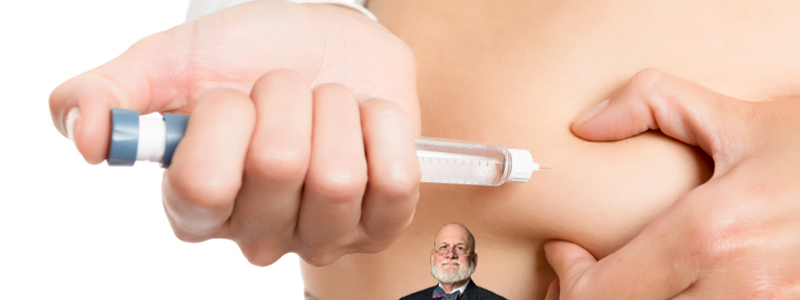Ask Larry:
Your Question: I currently get the hormone pellets, after using creams for 15 years. I’m uneasy about the pellets, and they only last for not quite 3 months on me. I am interested in the oral sustained release capsules and the sublingual. Can you tell me how they compare to the cream and pellets? And how do the costs compare to the cream?
Larry’s Response: In general, the hormones in our bodies are made by us from the nutrients we consume. Our hormones are not acquired through our digestive system. Medical science can bypass the digestion process with injections, sublingual troches, transdermal creams, and suppositories.
More recently, practitioners have been using the pellet you mention. While each of these approaches delivers hormones directly to the body and the blood stream, they’re each distinct in their efficiency.
The oral route is distinctly different in that the hormones are first subjected to digestion, then a pass through the portal system of the body (liver). Not all of the swallowed dose is available to the user and there is no effective method for determining how much active hormone ends up in the circulation. Additionally, the journey through the digestive system and the liver generates metabolites and compounds that are not hormones themselves. Some may act as a hormone and others might be completely inactive. Again there’s no efficient method for determining what or how much is made.
In spite of the questions surrounding the oral use of hormones, there has been great success in their use. The slow release formulations are theoretically most effective, but there is little to no solid evidence to support it. Yet, many of the oral hormone compounds we make are slow release and transdermal (creams). Suppositories and injections are small in number and we have not chosen to enter the pellet market.
One advantage of oral dosing is that it can be more easily adjusted or discontinued if there are unwanted effects. Creams, suppositories, and troches can also be discontinued easily. It is impossible to “UNinject” a hormone injection. Pellets can be removed but not simply.
Dosing is basically trial-and-error and there aren’t any specific conversion processes in use to convert from one form (pellets, for example) to another (capsules). Doctors usually write the prescriptions based on doses that have worked well for them in the past – and then adjust for a specific patient when needed.

